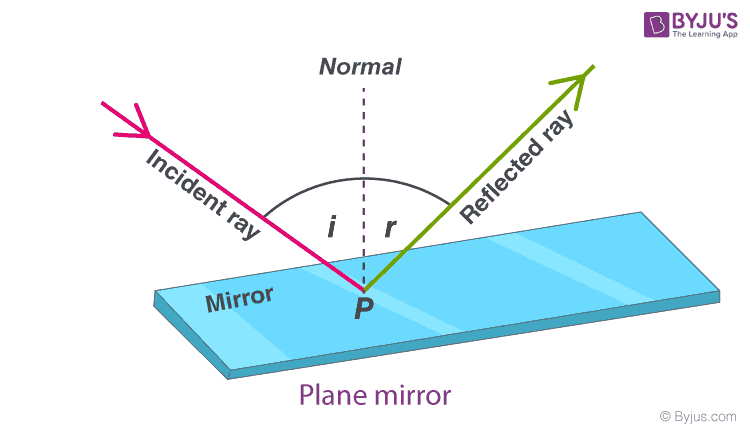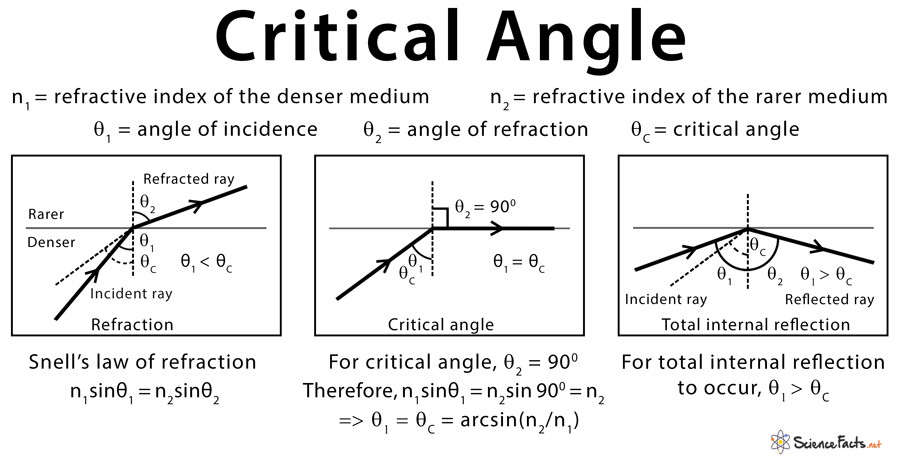

Knowing the angle of incidence is 36°, you also know the angle of reflection is 36°. So, the angle of reflection is 60°.Īs another example, find the angle between a reflected ray and the surface if light strikes a mirror with an angle of incidence of 36°.

According to the law of reflection, both the incident and reflected angle are the same, with respect to the normal. Since the normal is 90°, the incident angle is 90 – 30 = 60°. Remember, this is the angle between the ray and the normal (not the ray and the surface). To answer the question, first find the angle of incidence. Law of Reflection Example Problemsįor example, what is the angle of reflection if an incident ray strikes a plane mirror with an angle of 30° to the mirror surface? While the law of reflection holds true for diffuse reflection, the rough surface produces different combinations of incident/reflected angles, depending on position. You’ll never see reflected light bounce off a surface on the same side of the perpendicular plane as the incident ray.

The incident ray and reflected ray are on opposite sides of the normal.Changing the direction of the incident ray changes this plane. The incident ray, normal, and reflected ray all lie in the same plane.Another name for the normal is the perpendicular line, with respect to the surface. The angle between the incident ray and the normal is the same as the angle between the reflected ray and the normal.The law of reflection describes the type of reflection you see from a mirror. Simple Statement of the Law of Reflection The law of reflection states that the angle of reflection is the same as the angle of incidence. The law of reflection is derived from the Fresnel equations. In contrast, diffuse reflection occurs from an irregular surface. This is specular reflection or regular reflection. The law describes the behavior of light reflecting off of a very smooth surface. The law of reflection states that the angles of an incident ray and reflected ray are the same as each other and are in the same plane as the normal. The law of reflection states that the angles of an incident ray and reflected ray are the same and the incident ray, reflected ray, and normal are all in the same plane. Saving Earth Britannica Presents Earth’s To-Do List for the 21st Century.This entry was posted on Maby Anne Helmenstine (updated on March 28, 2022).Britannica Beyond We’ve created a new place where questions are at the center of learning.100 Women Britannica celebrates the centennial of the Nineteenth Amendment, highlighting suffragists and history-making politicians.
Definition of angle of reflection in physics how to#
COVID-19 Portal While this global health crisis continues to evolve, it can be useful to look to past pandemics to better understand how to respond today.Student Portal Britannica is the ultimate student resource for key school subjects like history, government, literature, and more.This Time in History In these videos, find out what happened this month (or any month!) in history.#WTFact Videos In #WTFact Britannica shares some of the most bizarre facts we can find.Demystified Videos In Demystified, Britannica has all the answers to your burning questions.Britannica Explains In these videos, Britannica explains a variety of topics and answers frequently asked questions.Britannica Classics Check out these retro videos from Encyclopedia Britannica’s archives.


 0 kommentar(er)
0 kommentar(er)
